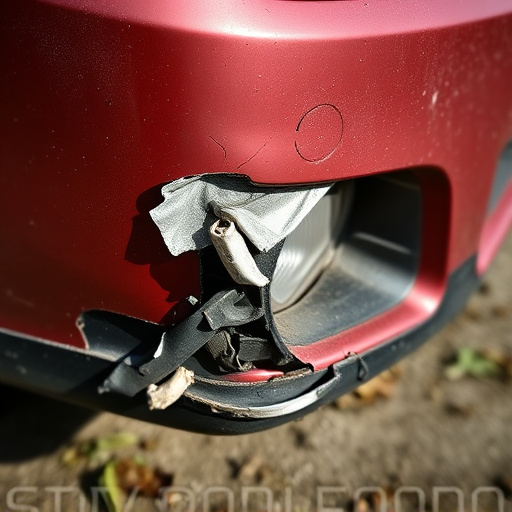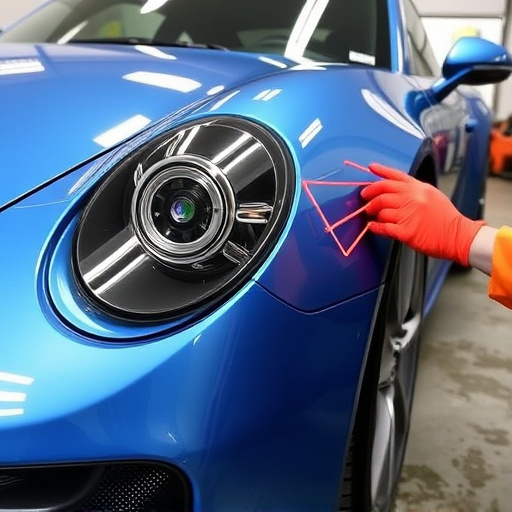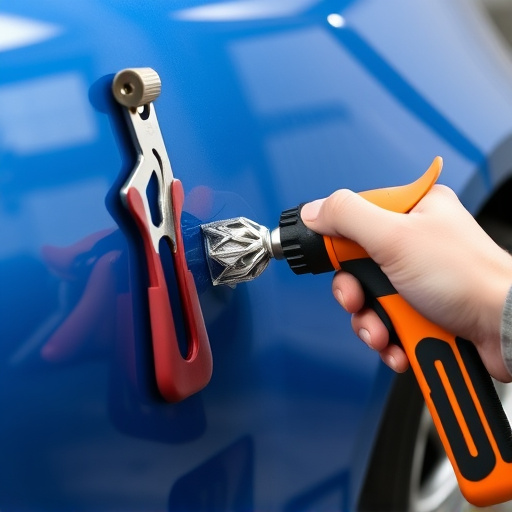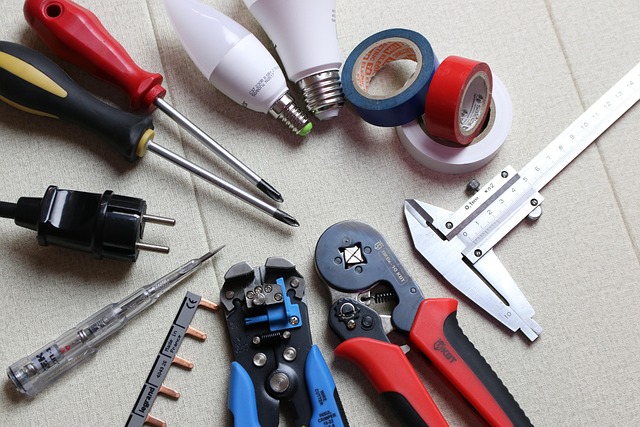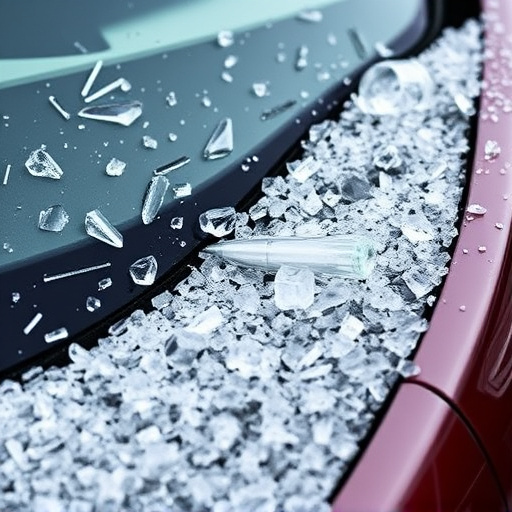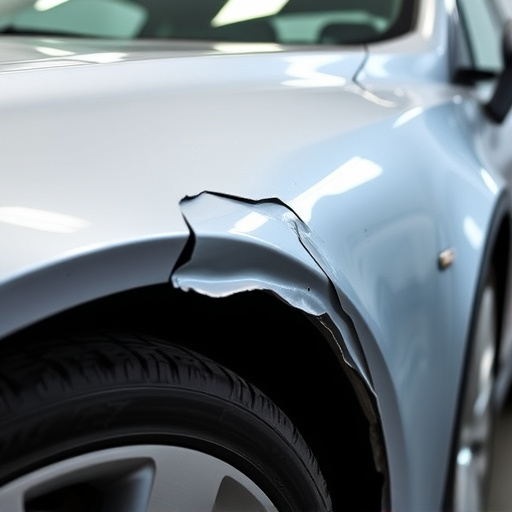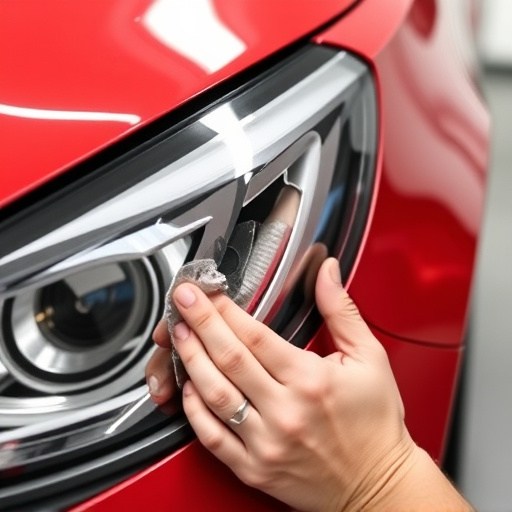LED technology is a game-changer for taillight repair and replacement, offering numerous advantages over traditional incandescent bulbs. With up to 80% less power consumption, a lifespan of 50,000 hours, and superior brightness, LEDs enhance driver visibility, reduce heat emission, and decrease maintenance costs. This makes them a popular choice for auto repair services and car enthusiasts looking to improve the efficiency and aesthetics of their vehicle's lighting system while contributing to environmental sustainability.
Looking to upgrade your vehicle’s tail lights? You’re not alone. LED taillight replacements are gaining popularity due to their superior performance compared to traditional bulbs. This article delves into the differences between LED and conventional taillight replacements, exploring key aspects like lifespan, energy efficiency, brightness, maintenance, and environmental impact. By understanding these distinctions, you can make an informed decision based on your needs and vehicle compatibility.
- Understanding LED Technology for Taillight Replacement
- – What are LEDs and how do they work?
- – Advantages of using LED technology over traditional bulbs.
Understanding LED Technology for Taillight Replacement
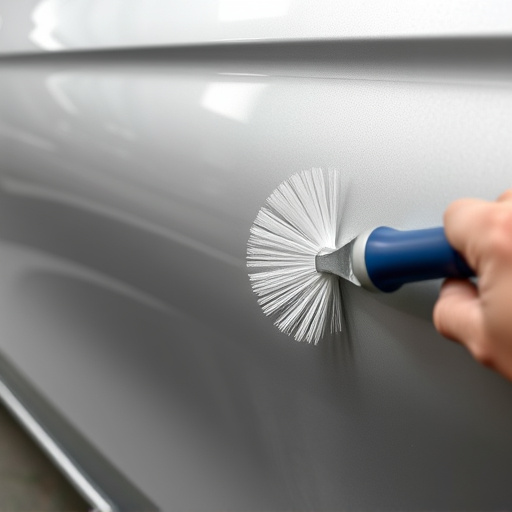
Understanding LED technology for taillight replacement is a key step in enhancing both safety and aesthetics. LEDs (Light Emitting Diodes) are semiconductor devices that convert electrical energy into light, offering numerous advantages over traditional incandescent bulbs. In the context of taillight repair and replacement, LED technology provides brighter, more efficient lighting with a longer lifespan. This means fewer replacements, reduced maintenance costs, and improved visibility for drivers, enhancing overall road safety.
When considering taillight repair or replacement, opting for LEDs can be a game-changer. Unlike traditional bulbs, which can burn out frequently and require frequent replacements, LED lights are more durable and resilient. They produce less heat, making them safer to use and easier on vehicle restoration efforts, especially during auto body repair and painting processes. Moreover, their energy efficiency contributes to environmental sustainability, aligning with the growing demand for eco-friendly vehicle modifications.
– What are LEDs and how do they work?
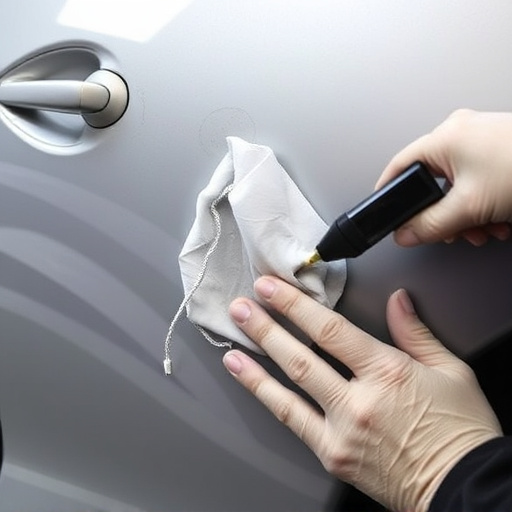
Light Emitting Diodes (LEDs) are semiconductor devices that convert electrical energy into light. They work by using a tiny chip that emits light when an electric current passes through it, making them incredibly efficient and long-lasting. In the context of taillight repair replacement, LED technology offers numerous advantages over traditional lighting solutions.
Unlike incandescent bulbs that generate heat and require frequent replacements, LEDs are cool to the touch and designed for longevity. This makes them a popular choice for auto repair services, including mercedes benz repair, as they can significantly reduce maintenance costs associated with taillight repairs. The durability of LED lights also translates to less frequent replacements, making them a wise investment for car bodywork enthusiasts looking to keep their vehicles’ lighting systems up-to-date and efficient.
– Advantages of using LED technology over traditional bulbs.

When it comes to taillight replacement, LED technology offers numerous advantages over traditional bulbs. Firstly, LEDs are incredibly energy-efficient, consuming up to 80% less power than incandescent bulbs. This not only translates to lower electricity bills but also extends the lifespan of your taillights, as LEDs can last for up to 50,000 hours with proper care. In terms of brightness and clarity, LED taillights outperform their traditional counterparts, providing a brighter and more consistent light output. This enhanced visibility is particularly beneficial during nighttime driving or in low-light conditions, improving overall safety on the road.
Additionally, LED technology offers superior durability and resistance to shock and vibration compared to fragile traditional bulbs. This makes them less prone to breakage, even during severe car collisions or rough handling during taillight repair replacement processes. Moreover, LEDs emit less heat, reducing the risk of overheating and associated component damage, which is a common issue with incandescent bulbs. These advantages make LED taillights a wise investment for anyone looking to enhance their vehicle’s safety and reduce long-term maintenance costs related to auto painting or car damage repair.
When considering a taillight repair replacement, LED technology offers a clear advantage over traditional bulbs. With their energy efficiency, longevity, and superior brightness, LEDs are a modern solution that enhances safety on the road. By choosing LED, drivers can enjoy reduced maintenance, lower energy costs, and improved visibility for safer driving conditions.

